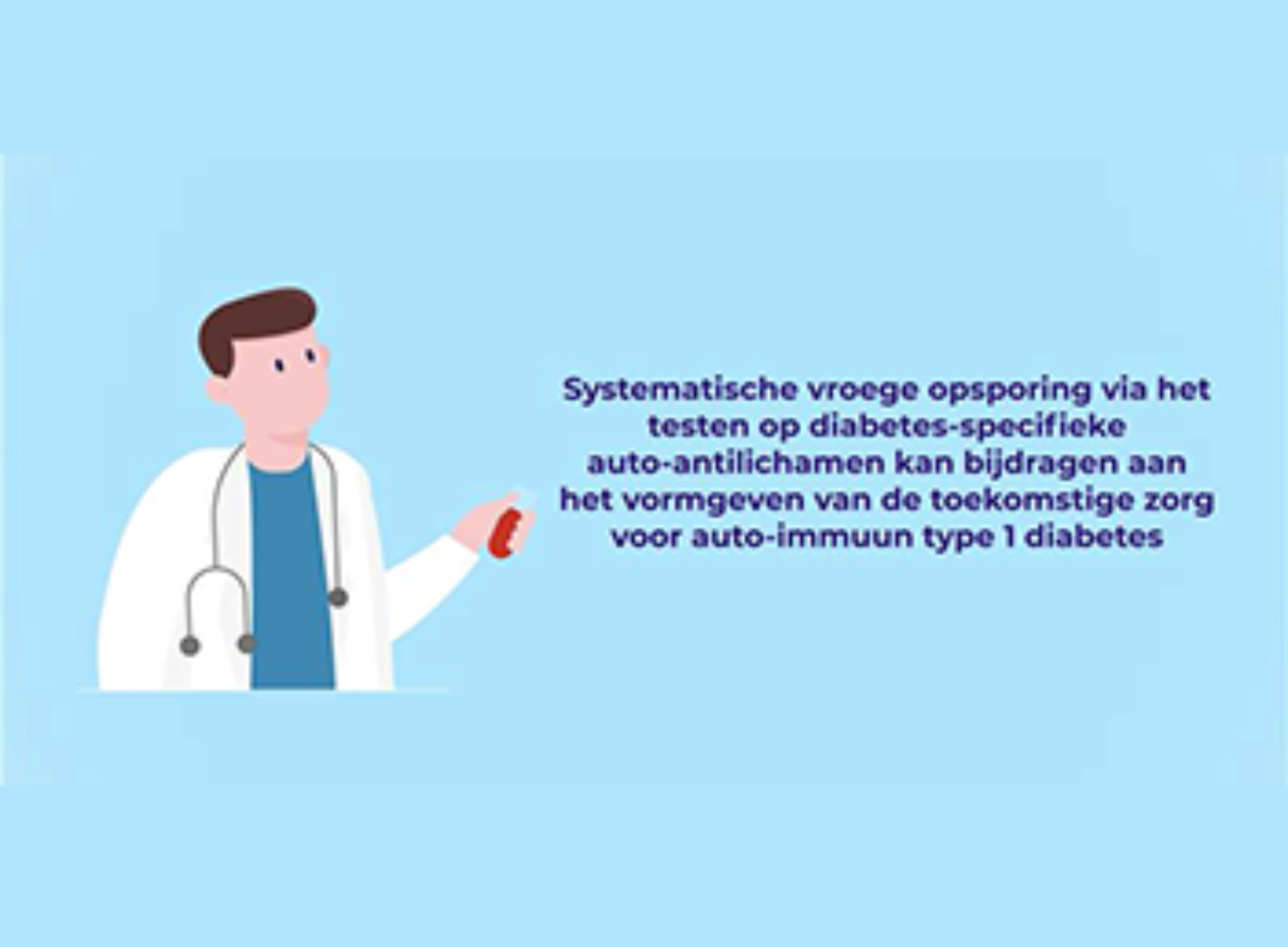
The story of the Beta Cells and their role in autoimmune Type 1 Diabetes
A Beta way - Type 1 diabetes
Deze website is uitsluitend voorbehouden aan beroepsbeoefenaren in Nederland.


A Beta way - Type 1 diabetes

FLUNITY-HD is the largest individually randomised influenza vaccine effectiveness study, with nearly half a million older adults across multiple seasons.1

First ever direct Head-to-Head Comparison of Dupilumab vs Omalizumab in Patients with Severe CRSwNP and Coexisting Asthma.

Understanding Disease Modification in Atopic Dermatitis

People with type 2 diabetes and atherosclerotic cardiovascular disease face a high risk of cardiovascular events, yet many remain undertreated.1 The EASD/ADA 2022 and ESC 2023 guidelines for the management of type 2 diabetes urge early insulin initiation and intensive lipid lowering through a holistic approach. Managing both glycemia and lipids together is key to preventing CV events in people with type 2 diabetes.2,3

Autoimmune Type 1 Diabetes (T1D) can be detected through islet autoantibody testing years before symptoms appear.1-2 The video here explains how the condition progresses silently through presymptomatic stages, with beta cell destruction occurring long before symptom onset and clinical diagnosis.4-8

Parent's experiences of stage 3 diagnosis of T1D.

Understanding the full scope of AD—the unseen burden on patients.

The progression of autoimmune type 1 diabetes (T1D) is gradual, often detectable months or even years before symptoms arise.1–3 Through proactive screening, we can identify the condition well in advance.3 Meet our ambassadors living with autoimmune T1D and discover the risk factors to look out for when considering who to screen.